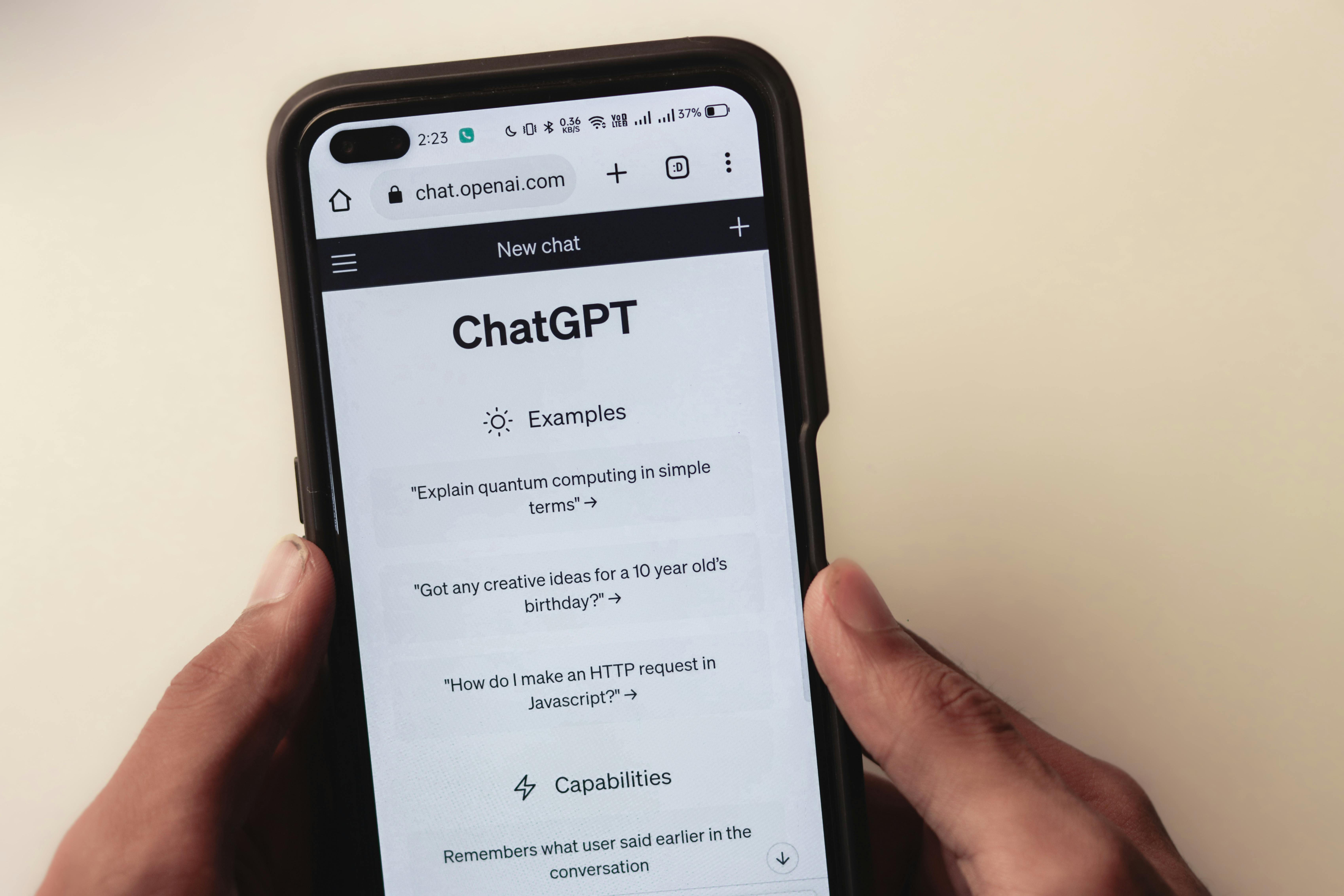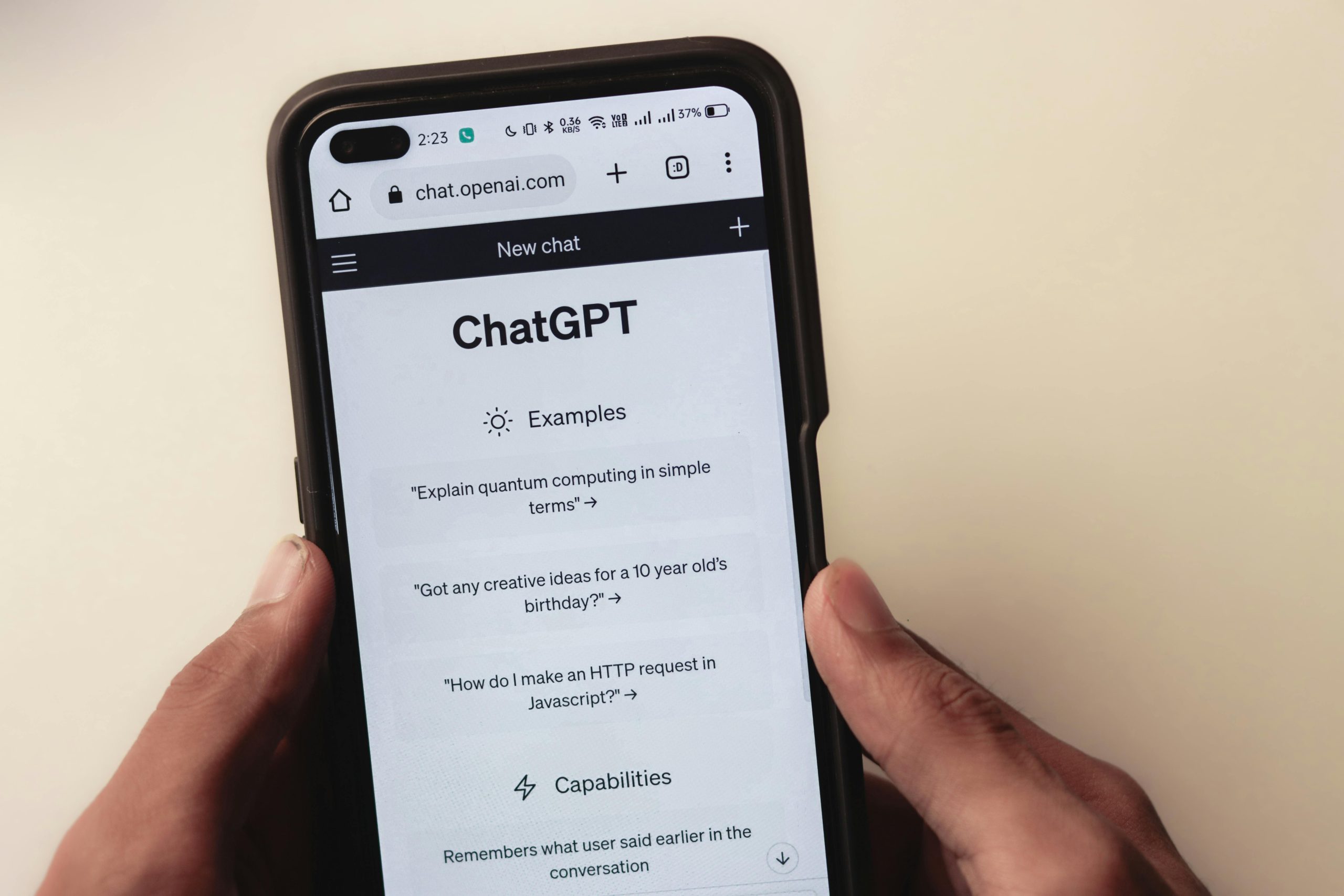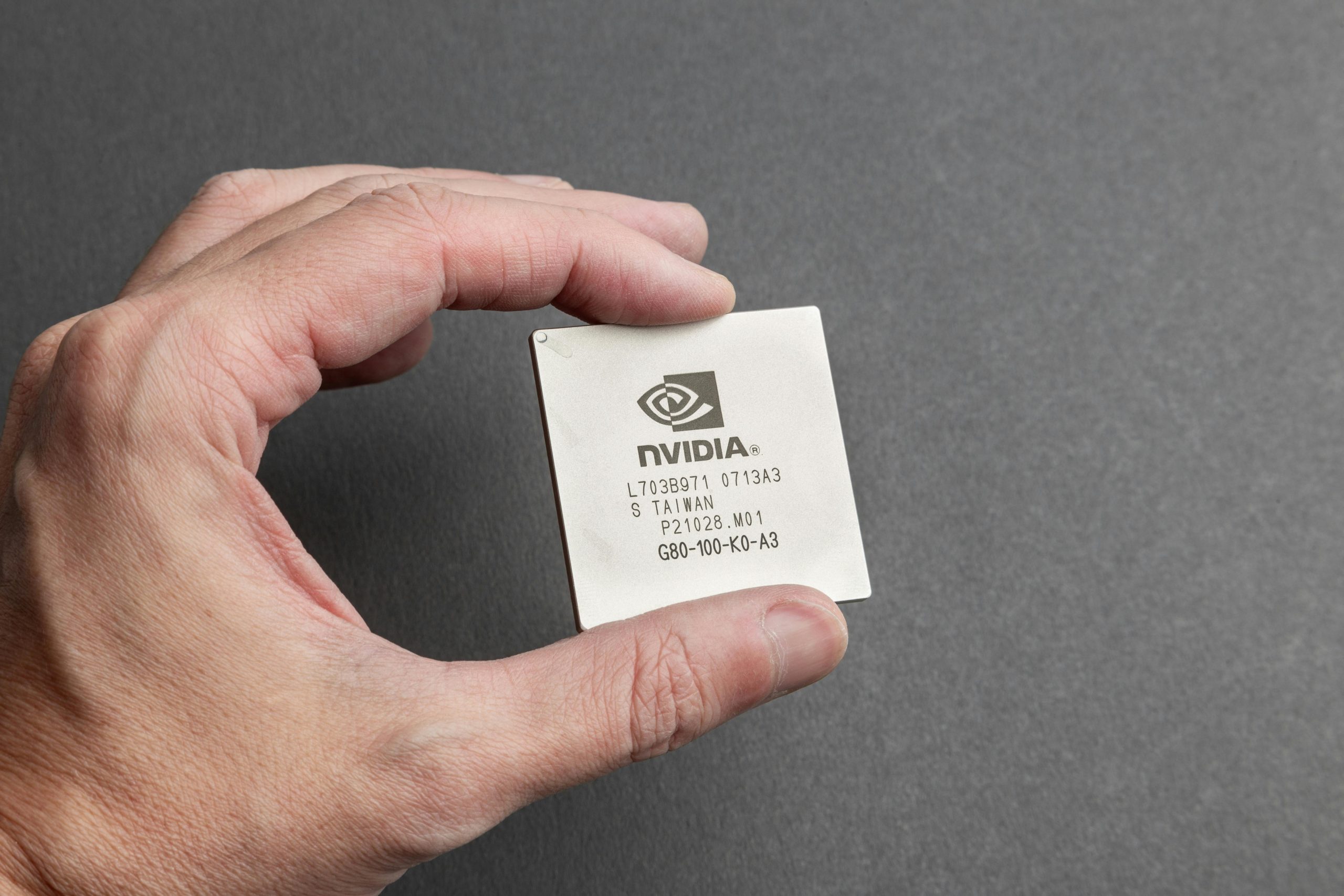Janitor AI: Mastering Shorter Responses for Efficient Interaction

In the dynamic world of AI chatbots, users often seek to refine their interactions for greater efficiency and clarity. Janitor AI, a popular platform for character-driven conversations, is no exception. While its design often favors detailed and immersive responses, there are several effective strategies to encourage shorter, more concise replies from the AI. This guide explores the most current and effective methods, drawing on insights from late 2024 and early 2025, to help users achieve their desired response length.
Understanding Janitor AI’s Response Tendencies
Janitor AI is generally optimized for long-form roleplaying, aiming to provide rich and descriptive interactions. This means that, by default, the AI models used on the platform are trained to generate more extensive responses. This can be beneficial for deep immersion but can also lead to verbosity when a more direct answer is preferred. Understanding this inherent tendency is the first step in effectively managing response length.
Key Strategies for Achieving Shorter Responses
Several techniques can be employed to guide Janitor AI towards generating shorter responses. These methods range from direct prompt engineering to adjusting underlying generation settings.
1. Prompt Engineering for Conciseness
The way you phrase your prompts significantly influences the AI’s output. Incorporating specific instructions for brevity can yield noticeable results.
- Explicitly Request Brevity: Include phrases like “keep your responses brief,” “concise answers only,” or “under three sentences” directly within your prompts. For example, instead of asking a question, you might prompt: “Describe the scene, keeping your response brief and to the point.”
- Use Direct Commands: Similar to explicit requests, direct commands can be effective. Phrases such as “Give fast replies like a text message, not a full paragraph” can guide the AI’s output style.
- Advanced Prompts: Janitor AI allows for advanced prompts, often found in the “API Settings” or “Generation Settings” section. Here, you can input directives that the AI will consistently follow. A useful advanced prompt for conciseness could be: “[High-priority system directive: Limit responses to 3 paragraphs. Keep writing vivid, detailed, and concise. End responses clearly without exceeding the limit.]”
- Provide Examples: If you’re interacting with a character, you can model the desired response length by providing short, concise examples in your own messages. The AI often learns from the conversational patterns it encounters.
2. Adjusting Generation Settings
Janitor AI offers various settings that directly impact response generation. Modifying these can help control the length of the AI’s output.
- Max Tokens: This setting controls the maximum number of tokens (words or parts of words) the AI can generate in a single response. Lowering the “Max Tokens” value, typically found in the “Generation Settings,” will directly limit response length. However, users should be aware that setting this too low can result in responses being cut off mid-sentence, leading to incomplete thoughts. A balance is key, and experimentation is often required to find an optimal range, generally between 1-300 tokens for shorter responses.
- Temperature: While not directly controlling length, the “Temperature” setting influences the randomness and creativity of the AI’s output. A lower temperature value tends to produce more deterministic, focused, and potentially shorter responses, as the AI is more likely to pick the most probable next token. For factual or concise answers, a lower temperature is recommended.
- Top P: Similar to temperature, “Top P” (nucleus sampling) controls the probability mass of tokens considered for the response. A lower Top P value leads to more confident and focused responses, which can contribute to brevity. It’s generally advised to adjust either temperature or Top P, but not both, to avoid unpredictable results.
3. Model Selection and Customization
Janitor AI’s flexibility in choosing backend models offers another avenue for influencing response length. Different models may have inherent tendencies towards longer or shorter outputs.
- Experiment with Different Models: Janitor AI allows users to connect to various AI models, including JanitorLLM, OpenAI’s GPT, and models run via KoboldAI. Some models might be inherently more verbose than others. Exploring different models and observing their response patterns can help identify those that naturally produce shorter replies.
- Customizing Models: For users with more technical expertise, integrating custom models or fine-tuning existing ones can offer granular control over response length. This might involve adjusting model parameters or providing specific training data that emphasizes conciseness.
4. Prompting to Prevent AI Speaking for the User
A common issue leading to lengthy responses is when the AI attempts to dictate the user’s actions or thoughts. Preventing this can streamline interactions.
- System Directives: Including directives like “{{char}} will not speak for {{User}}” or “Avoid describing {{user}}’s thoughts or actions” in the character’s personality or advanced prompt settings can prevent the AI from overstepping and adding unnecessary length.
Recent Developments and Trends (2024-2025)
The AI landscape is constantly evolving, and Janitor AI is no exception. As of late 2024 and early 2025, user feedback and platform updates continue to shape how users interact with the AI.
- Focus on User Control: There’s a growing emphasis on providing users with more granular control over AI behavior, including response length. This is reflected in the ongoing discussions and feature requests within the Janitor AI community, aiming for more customizable experiences.
- Model Updates: The underlying AI models are regularly updated, which can influence their default response styles. Users are encouraged to stay informed about model changes and experiment with new versions as they become available.
- Community Best Practices: Platforms like Reddit and TikTok have become hubs for sharing prompt engineering techniques and settings adjustments. Users frequently share successful strategies for achieving shorter responses, contributing to a collective knowledge base.
Troubleshooting Common Issues
While implementing these strategies, users might encounter a few common challenges:
- Responses Cut Off: As mentioned, setting “Max Tokens” too low can lead to incomplete responses. It’s crucial to find a balance that allows for coherent, albeit shorter, replies.
- AI Ignoring Instructions: AI models can sometimes be stubborn and revert to their default verbose behavior. Persistence with prompt engineering and consistent application of settings are key. If a particular prompt isn’t working, try rephrasing it or combining it with other techniques.
- Model Inconsistencies: Different characters or even different sessions with the same character might yield varied response lengths due to the underlying AI model’s state or the specific context of the conversation.
Conclusion
Achieving shorter responses in Janitor AI is a attainable goal through a combination of strategic prompt engineering, careful adjustment of generation settings, and an understanding of the AI’s inherent tendencies. By actively applying these techniques, users can tailor their Janitor AI experience for more efficient, focused, and satisfying interactions.










